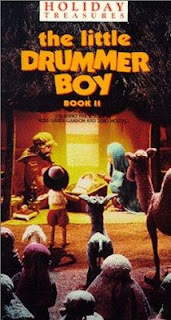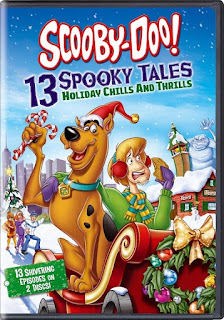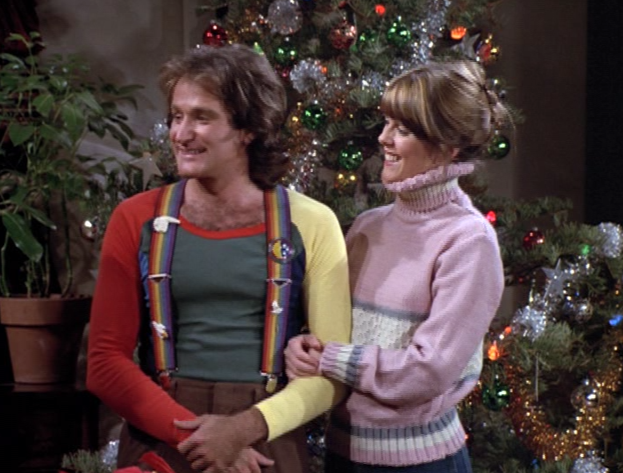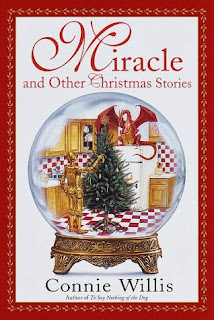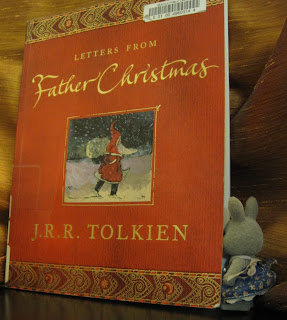Book Review: The Best Christmas Pageant Ever

The Best Christmas Pageant Ever Barbara Robinson, 1972 I have been seeing this book on lists of favorite Christmas books since we started the Mainlining project. But reading the back cover blurb made it sound entirely like a cheese-fest, overly religious, or otherwise sanctimonious, so I'd been putting it off. I have to admit, though, for an eighty-page book written for young readers, this is impressively subversive. Although, it probably seemed less so in 1972. The plot regards a group of unruly siblings who take over the Christmas pageant in a small town. In doing so, they force the townspeople to confront the reality behind the rote recitation of the myth. This may come as close as any religious-ish story ever has of evoking actual emotion in my cold, dead soul. The most interesting thing is the narrator. The story is told in the first person, by a young girl. Her opinions and asides add color, humor and context. The narrator is observant enough to report on all

